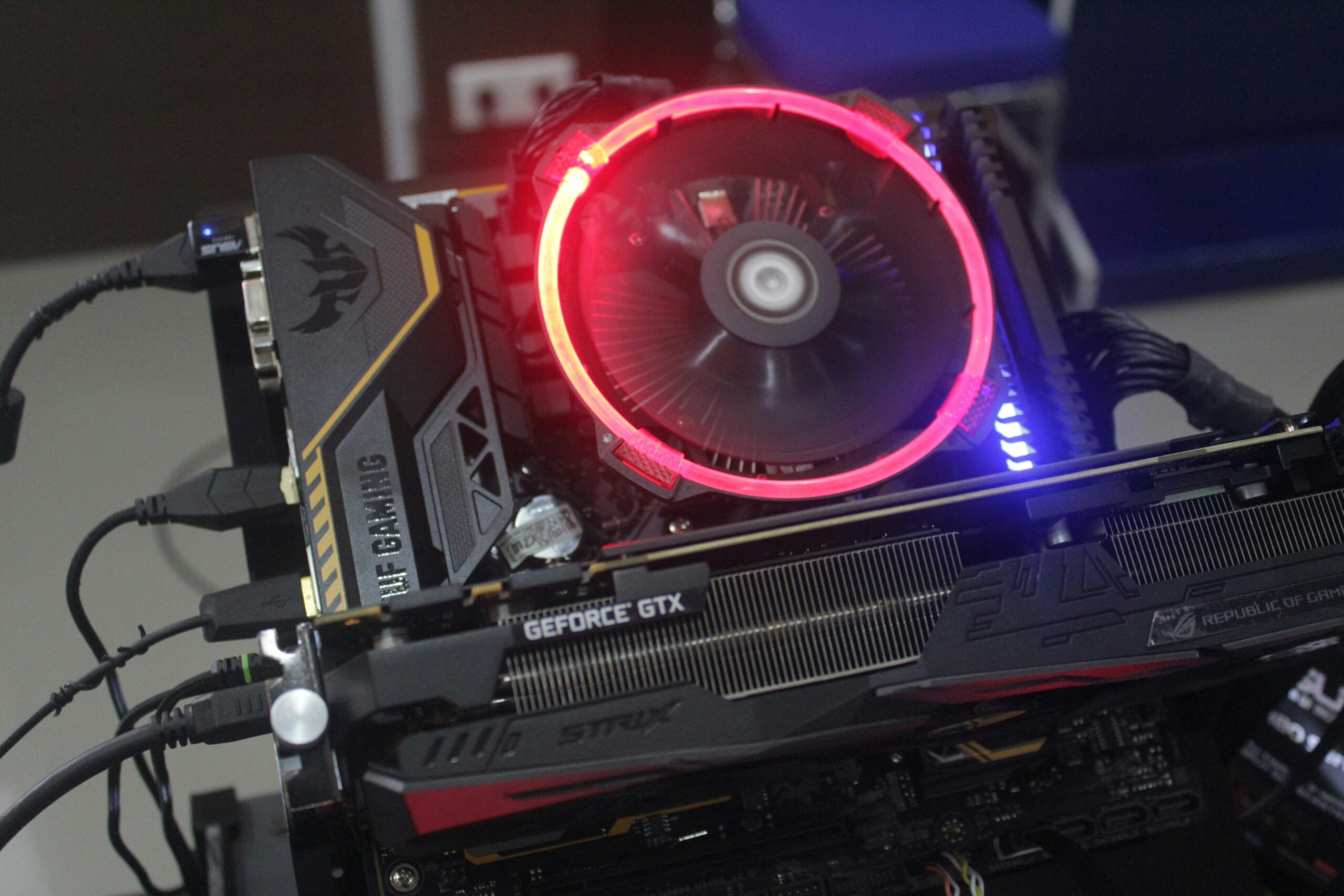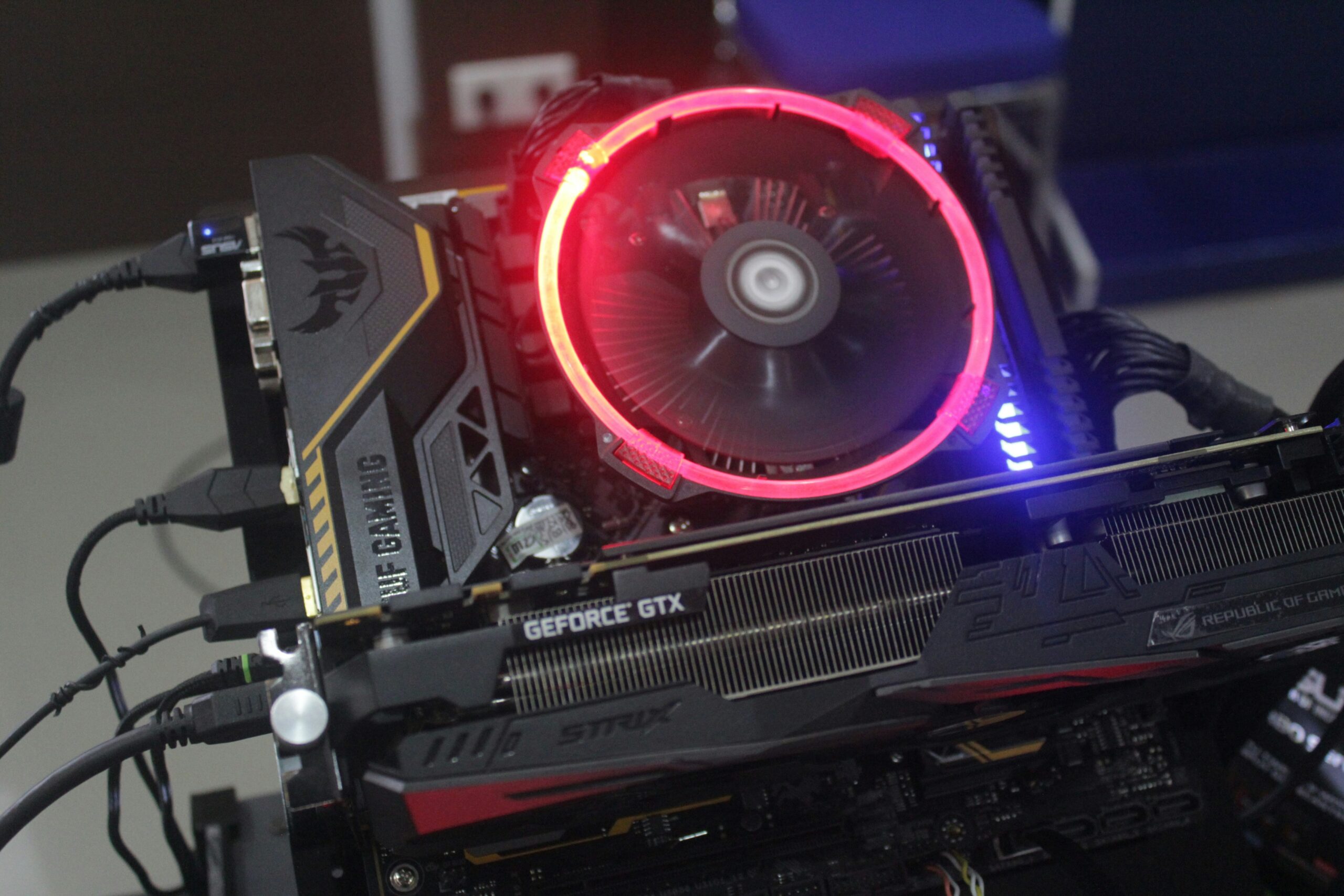
Understanding Server Downtime
In the realm of online gaming, server downtime refers to periods when game servers are inaccessible, resulting in players being unable to connect and engage with the game. For titles like Grand Theft Auto (GTA), server downtime can significantly impact user experience, leading to frustration among players eagerly wanting to participate in online missions or explore vast game worlds. Understanding the various factors that contribute to server downtime is crucial for gamers who wish to stay informed about the state of their favorite games.
One prevalent reason for server outages is technical maintenance. Developers often schedule regular maintenance to implement updates, security patches, or introduce new content. While this downtime is usually communicated in advance, it can nevertheless disrupt players’ plans and gaming sessions. Another common factor is server overload, which occurs when a game experiences a surge in player activity that exceeds the server’s capacity. Major updates, promotional events, or even seasonal trends can lead to an influx of players, overwhelming the system and resulting in temporary outages.
Unexpected outages can also arise from various technical issues, such as software bugs or hardware failures. In such cases, server operators must quickly troubleshoot and rectify the problems to restore functionality. Additionally, external factors such as internet connectivity issues or cyber attacks can further complicate the situation, leading to extended downtimes. For players, understanding these dynamics can help mitigate disappointment and prepare them for potential interruptions in their gaming experience.
In conclusion, recognizing the myriad of reasons behind server downtime is essential for players of Grand Theft Auto. By being informed about maintenance schedules, server capacity, and potential technical issues, gamers can navigate these interruptions with a more grounded perspective.
How to Check the Server Status
When players are concerned about whether the Grand Theft Auto servers are down, it’s crucial to know how to accurately check their status. Several methods can provide current information regarding server availability, which is essential for a pleasant gaming experience. One of the most dependable sources is the official Rockstar Games website, where updates regarding server maintenance and outages are routinely posted. By visiting the official site, players can ensure they are receiving authentic information directly from the developers.
Another efficient way to stay informed is through social media platforms. Rockstar Games maintains active profiles on Twitter, Facebook, and Instagram, where they often share real-time updates if any server issues arise. Players should consider following these accounts to receive push notifications about server status in their feeds. This direct line of communication can be invaluable during significant disruptions in service.
In addition to official channels, gaming forums and community platforms, such as Reddit and Discord, are popular amongst players for real-time discussions regarding server issues. These forums often have dedicated threads where users share their experiences and any information they have about server down times. However, it is critical to assess the credibility of the sources on these platforms, as misinformation can easily spread. Look for comments from multiple users in agreement or information that aligns with official announcements for a clearer picture.
There are also dedicated server status checker websites specifically for Grand Theft Auto. These sites provide real-time data on server availability and can be a quick method for checking the situation. Players should prioritize using these reliable sources to obtain accurate information, ensuring they can efficiently determine the state of the game servers.
What to Do When Servers Are Down
When Grand Theft Auto servers experience downtime, players might be left wondering how to fill that unexpected gap in their gaming schedule. One immediate solution is to switch to offline modes. Many players enjoy engaging in single-player modes, where they can immerse themselves in the game’s rich storyline and diverse landscapes without needing to be connected to the internet. Although it may not offer the same thrill as multiplayer experiences, playing campaigns or exploring the open world offline can still provide a satisfying alternative.
Another option is to explore other games. The gaming community offers a plethora of alternatives that might capture a player’s interest. Whether it’s another title in the action-adventure genre or even a completely different category such as puzzle or strategy games, diversifying gaming experiences can keep players entertained while waiting for the servers to come back online.
Engaging with the Grand Theft Auto community can also be beneficial during server outages. Players can visit forums, social media groups, or other online spaces where they can express their thoughts, share experiences, and discuss the latest updates regarding the game’s performance. Participating in discussions about anticipated patches or features not only keeps the community spirit alive but also enhances gamers’ knowledge about the franchise.
Additionally, players can engage in activities such as streaming or watching other gamers play GTA. This helps maintain a connection with the game while allowing individuals to witness different styles of gameplay and strategies they may want to adapt when they return to a connected environment. It’s worth noting that downtime, while frustrating, can also be an excellent opportunity to relax and recharge, ensuring players return refreshed and ready to dive back into the dynamic world of Grand Theft Auto.
The Impact of Server Downtime on the GTA Community
Server downtime can significantly disrupt the experience for players within the Grand Theft Auto (GTA) community, often leading to considerable frustration. Frequent outages may strain the relationship between players and the developers, creating a sense of dissatisfaction among users who wish to engage with the popular title. Players invest substantial time and resources into their gaming experience, and any abrupt interruptions can hinder progress, affect in-game achievements, and lead to a loss of interest over time.
The community’s response to such downtimes typically includes frustration expressed through various online platforms, including forums, social media, and gaming discussion boards. Players often share their grievances, recounting personal experiences related to lost gameplay opportunities and disrupted plans for collaborative missions. This collective expression of discontent serves not only as an outlet for players but also as a gauge for the developers regarding the importance of maintaining operational servers. Continuous downtimes can foster a negative sentiment within the community, leading to potential decline in player engagement and overall retention rates.
Additionally, server status can have tangible implications on in-game events and sales. Scheduled events and updates are usually contingent on stable server operations; any disruptions can postpone them, resulting in a reduced player turnout and engagement during such occasions. Moreover, when players are frustrated by frequent downtimes, they may be discouraged from participating in in-game purchases or events that require financial investment. A declining interest due to server issues ultimately affects the game’s revenue, compelling developers to prioritize server stability to ensure a stable, collaborative environment for players.
